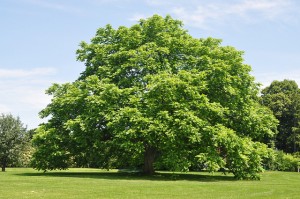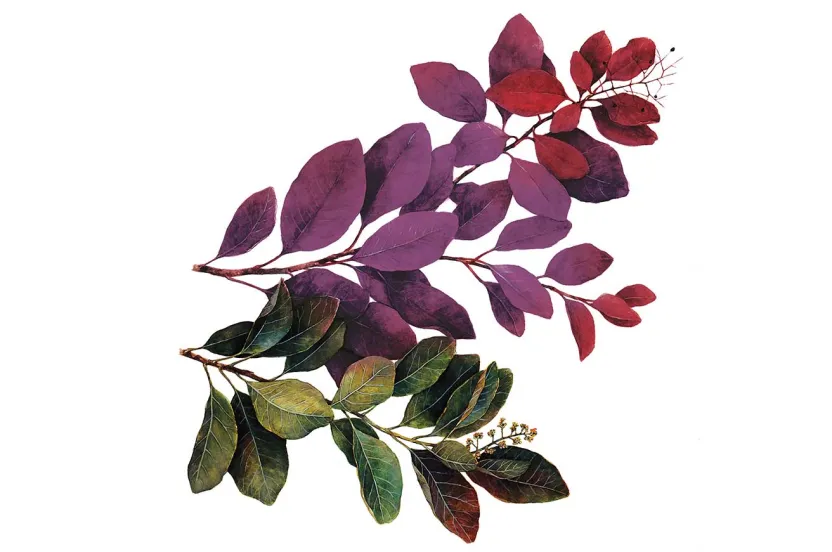Now live: The 2025 Canopy Report. Learn how Americans see trees. GET THE REPORT
(Juglans cinerea)
A cousin to the black walnut, and sometimes called the white walnut, the butternut tree is a North American native, especially popular in the eastern United States. Butternuts, as the name implies, is popular in baking for their oily, buttery flavor. This sweet nut is also enjoyed by deer, squirrels and birds.
Here are a few things to note if you’re considering adding a butternut tree to your yard.
Environmental Conditions
- Butternut trees grow well in acidic, alkaline, clay, loamy, moist, rich, sandy, salty and well drained soils (hardiness zones 3-7).
- Slow growing tree, growing up to one foot a year and reaching 40-60 feet at maturity.
- Does best in full sun.
Physical Attributes
- Produces a rich butternut used in baking, confections and fresh eating.
- Has a rounded canopy shape, making it ideal as a shade tree.
- Note: nut production will occur in 7-10 years; it is self-fertile, but plant two trees for best results.
Do you have a butternut tree in your yard? Tag us in a photo, we’d love to see it!





